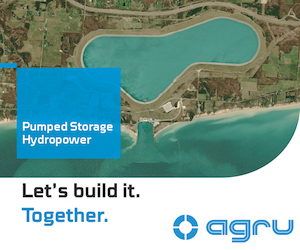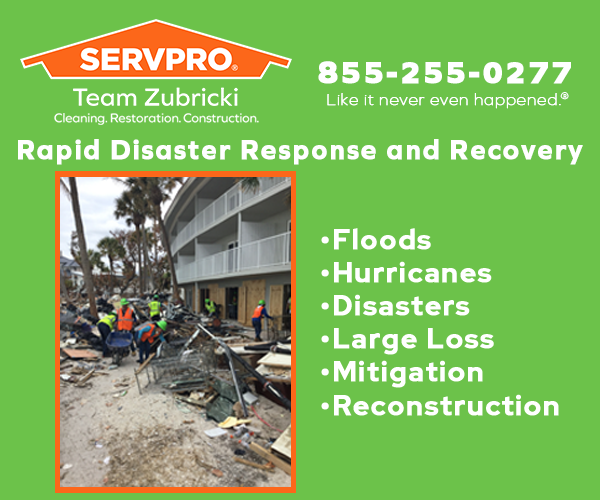
5 minute read
Mission Maui: How USACE Engineered Lahaina’s Remarkable Debris Cleanup
from America's Engineers: The People, Programs, and Projects of the U.S. Army Corps of Engineers '24-'25
BY SUSAN LEE
PACIFIC OCEAN DIVISION Hawai’i Wildfires Recovery Field Office
The Aug. 8, 2023, wildfires did more than destroy Lahaina’s homes; they deeply scarred the community. The resulting ash and debris posed a serious threat to lives, the environment, and the cultural fabric of this historic place. The U.S. Army Corps of Engineers (USACE) stepped in with a mission that extended beyond debris removal – it was about protecting a community’s future and honoring its resilient spirit.
This mission required more than technical expertise; it demanded deep respect for Maui’s rich cultural heritage, where history and tradition are central to daily life. USACE needed to build trust in a community already devastated by loss. Time was against them, with each passing day increasing the risk of toxic remnants from the fire seeping deeper into the land, air, and water. The wildfires had released toxins from old paint, treated wood, and melted plastics, including hazardous
advertisement

On Dec. 10, 2023, the Hawai’i Department of Health confirmed the dangers, revealing elevated levels of toxic substances in Lahaina’s wildfire ash. The findings underscored the urgent need for careful handling and thorough cleanup to protect public health.

When USACE began debris removal in January 2024, initial projections were cautious, anticipating at least 12 months. However, the USACE Hawai’i Wildfires Recovery Field Office, under the leadership of Col. Eric R. Swenson, exceeded expectations. “When I arrived, we had cleared primary debris from just over 100 properties,” said Swenson. “Today, I’m proud to say that we’ve cleared primary debris from 1,381 properties. In just about six months, we completed almost 100% of residential debris removal in Lahaina.”
By early August, 99% of residential debris and 51% of commercial debris had been cleared, setting a new standard for efficiency. “In September, we predicted two to three years before issuing the first building permit,” said Maui Mayor Richard Bissen. “We are starting to see homes going up. Residential debris removal is almost complete, and we are making great progress with commercial property clearances. This momentum continues to give our community hope.” USACE’s efforts put the mission on track to be completed four months ahead of schedule.
advertisement

At an Aug. 9 press conference, Hawai’i Gov. Josh Green praised USACE, stating, “Incredible work was done by the Army Corps, so mahalo to them. It’s amazing.” USACE’s success wasn’t just about removing debris; it was about earning the trust of a community still reeling from loss. They understood that building and maintaining trust within the local community was essential.
USACE and federal agencies faced skepticism and distrust from residents hesitant to sign Right of Entry agreements, fearing property rights loss. Col. Jesse Curry, the first USACE Hawai’i Wildfires Recovery Field Office commander, emphasized the importance of cultural sensitivity in building trust. “Hiring cultural observers and advisers to help us conduct our work the right way ahead of starting the mission is not something typically done in disaster recovery missions … but we did so to build, and maintain, the trust of the communities here.”
Regular engagement with the local community, particularly with the kupuna (elders), was vital for gaining broader community support. USACE’s commitment to respecting local customs, including starting and ending each day with a pule (blessing or prayer), demonstrated a genuine dedication to the community’s values. This transparent approach reassured Lahaina residents that their land and heritage were being treated with care and reverence.
USACE also prioritized employing local workers, turning recovery efforts into a source of economic resilience. Many contracted workers were Maui residents personally affected by the wildfires. Their deep knowledge of the land and culture was instrumental in ensuring respectful operations. The proximity of the temporary debris storage (TDS), just 7.5 miles from Lahaina, was crucial in speeding up the cleanup. Every minute saved in transport translated into faster debris removal, reducing the exposure time of toxic materials.
The TDS was engineered with rigorous standards to securely contain hazardous substances. It featured a comprehensive leachate collection system and groundwater monitoring wells to ensure safe operations. “Securely containing and safely disposing of fire ash and debris was no small feat; our engineering solution, a one-of-a-kind design, provided an ensured safeguard for the environment,” said USACE Operating Engineer Bill Earnest.
advertisement

USACE’s mission in Lahaina is measured not just by the tons of debris removed but by the trust and respect earned from the local community. “Our commitment to this mission was not just about clearing debris; it was about honoring the land and the people of Lahaina,” said Swenson. “By working hand in hand with the community, we ensured that our actions aligned with their values and priorities.”
As the recovery continues, it is clear that USACE’s blend of engineering excellence and unwavering dedication is what makes them America’s go-to team in times of crisis. AE
—
Visit www.Americas-Engineers.com to sign up for a free print edition of our annual publication and to join our weekly newsletter.










